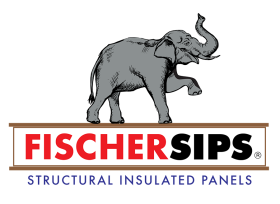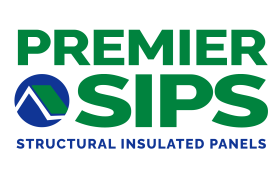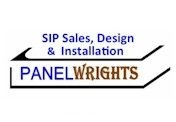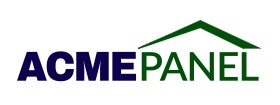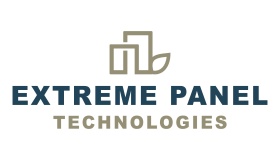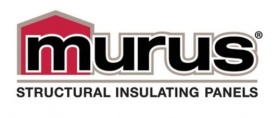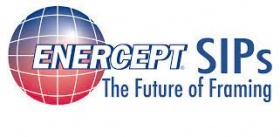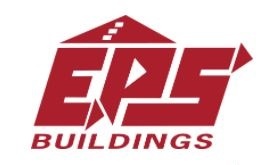
SIPs and ENERGY STAR
The Environmental Protection Agency’s ENERGY STAR for New Homes program provides guidelines and verification methods for the energy efficiency of new homes. All new homes must follow the ENERGY STAR guidelines that include higher insulation levels and an expanded thermal enclosure checklist. Building with structural insulated panels (SIPs) allows builders to meet these requirements faster and easier than with traditional wood framing by creating a well-insulated and airtight building enclosure in a single step.
Builders have the option of constructing a home to the prescriptive requirements of the ENERGY STAR Reference Design or demonstrating that their home meets the equivalent performance of the Reference Design through energy modeling. Both methods require inspection by a RESNET certified home energy rater.
Prescriptive Path
Insulation: The building enclosure must be insulated. ENERGY STAR allows builders to demonstrate compliance using an alternative equivalent UA calculation that accounts for the lack of thermal bridging in continuous insulation assemblies like SIPs.
Air infiltration: ENERGY STAR qualified homes are subject to a blower door test that determines the amount of air infiltration. SIPs have a well-established track record of testing below 2 ACH50, and experienced SIP crews routinely build homes that test between 0.5 and 1 ACH50. Simply installing SIPs per the manufacturer’s specifications will easily meet the ENERGY STAR air infiltration requirements without any of the additional air sealing measures typically needed on wood frame homes.
Air Infiltration Rates
| Climate Zone | Air Infiltration Rate |
| 1,2 | 6 ACH50 |
| 3,4 | 5 ACH50 |
| 5-7 | 4 ACH50 |
| 8 | 3 ACH50 |
Ductwork in conditioned space: Placing ductwork in the conditioned attic space created by a SIP roof bypasses the ENERGY STAR requirement of insulating ductwork. In hot climates, the Prescriptive Path requires a radiant barrier if more than 10 feet of ductwork is placed in an unconditioned attic. If both the ductwork and air handler are placed in conditioned space, duct leakage testing can be waived.
Thermal Enclosure Checklist
All ENERGY STAR homes are subject to a visual inspection of the building enclosure following the Thermal Enclosure Checklist that examines common areas for thermal bypasses and air leakage. A complete SIP building envelope makes passing the inspection virtually automatic.
Insulation: All insulation must meet RESNET Grade I, meaning that cavity insulation must fill the entire cavity without any sizable gaps or compression. The exception is homes with insulated sheathing, where Grade II is permitted. SIPs deliver Grade I insulation every time, without relying on the work of subcontractors.
Fully-aligned air barriers: The checklist names a number of locations where a complete air barrier must be installed that is fully aligned with the insulation. This includes attic knee walls, skylight shaft walls, and installing wind baffles on attic eaves. With SIPs, the insulating foam core is fully encased in a code-compliant air barrier of oriented strand board (OSB), so no additional effort is needed to meet this requirement.
Air sealing: ENERGY STAR identifies several mandatory air sealing measures for wood framing, including sealing top and bottom plates, caulking sheetrock to top plates at attic-to-wall interfaces, sealing wiring penetration, and many others. SIPs require their own sealing measures per manufacturer’s specifications, but because they are manufactured in large sections (up to 8’ x 24’) there are fewer gaps to seal.
Reduced thermal bridging: Builders using wood framing are required to implement a number of advanced framing methods to reduce thermal bridging. For conventional framing, the checklist requires insulated headers, insulation at corners, and reduced window and door framing. Alternately, builders can add insulated sheathing, use double wall construction, or build with SIPs.

